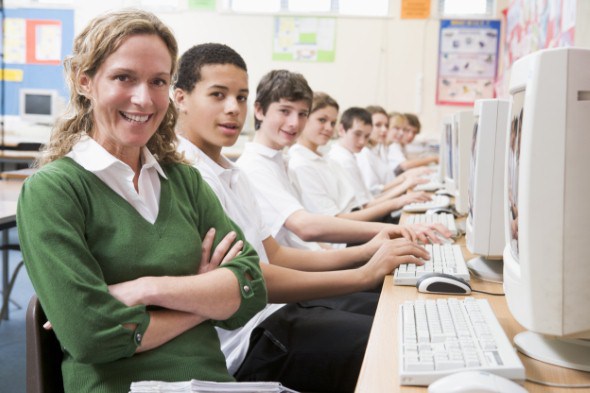
Whereas some people may view private education purely as expenditure, it should instead be viewed as an investment, according to one head, who says that the financial input will reap dividends in later life.
Dorothy MacGinty, headmistress at Kilgraston, an all-girls school in the Bridge of Earn in Perthshire, believes that there is much more to independent schools than meets the eye, and breaking down the misconceptions is key to highlighting this.
Her comments follow the publication of figures from the Independent Schools Council (ISC), based on its January census, which show that the private education sector is growing once again following mild contraction in the wake of the economic downturn.
Pupil numbers are the highest they have been since records began, and while Ms MacGinty concedes this could simply be attributed to improved economic conditions, she told the Scotsman that it is actually the growing realisation that private schooling can secure children’s future.
New ways of teaching
Furthermore, efforts to boost teaching levels and improve the quality of what is being taught are also having positive effects, she believes.
Independent school entries in Scotland have only increased by a third of the UK average over the past year, and the headmistress says it is likely that the country’s Curriculum for Excellence has been a factor in parental choice.
However, she states: “At its core, the new curriculum in Scotland recognises precisely those aspects of educational development already at the centre of independent school provisions.”
Many of the aims and goals in the CfE are consistent with what is emphasised throughout private education in the UK as a whole, Ms MacGinty notes, which includes “a commitment to developing successful learners, confident individuals, responsible citizens and effective contributors”.
All of this sounds “very similar” to the basis of curriculum planning in independent schools, but there are many things that state schools cannot offer, regardless of the curriculum taught there, she states.
“What a new curriculum can’t provide, however, is financial independence, smaller class sizes, supervised study, and greater opportunities for co-curricular development. Only independent schools can make this pledge.”
Blurred lines
Another common misconception is that state schools with comparable student populations offer the same advantages as independent schools, which misses the point entirely, she asserts.
In fact, the majority of independent schools are no more selective than sixth form colleges, with pupils hailing from a wide range of socioeconomic backgrounds.
Furthermore, the value of means-tested bursaries has risen by a third in the last four years, and yet students in independents schools are still three times more likely to gain A and A* grades at A-level than pupils at state schools.
Ms MacGinty also points to the fact that a third of MPs elected to the House of Commons in May attended independent schools, saying this illustrates the level of advantage conferred by a private school education.
Another key point is that 93 per cent of schools in the ISC share facilities, expertise and resources with state schools, which offers numerous “trickle-down benefits”.
Good news all round
As such, growth in the numbers of pupils attending independent schools can only be seen as good news, and a solid investment in the future.
She concludes: “Demand has increased in spite of economic conditions; parents are likely to be swayed by the stability and quality of private education in a turbulent educational environment. True independence – in terms of finance, resourcing and provision – continues to safeguard students’ fundamental needs and results continue to improve, in spite of a more varied intake than ever before.”
Parents and grandparents, unsure of whether to invest in their children or grandchildren’s education, could benefit from taking the long-term view and therefore think of the knock-on effects, rather than simply focusing on the immediate ones.
